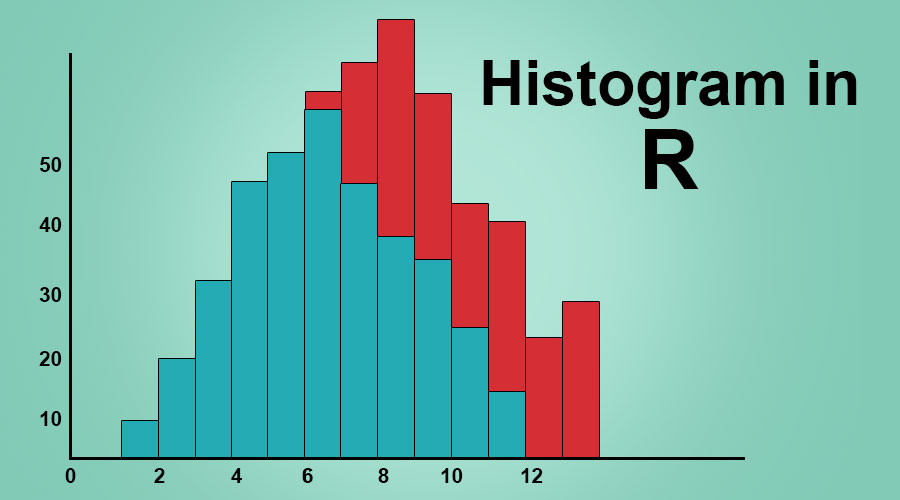
The last value will always be equal to the total for all observations since all frequencies will already have been added to the previous total. The cumulative frequency is calculated by adding each frequency from a frequency distribution table to the sum of its predecessors. In the popped out Quickly create a normal distribution chart dialog, check the chart type that you want to create, and then select the data range that you want to create chart based on, then the max value, min value, average value and standard.

For example:į: 5 10 15 How to enter a grouped data?Grouped data are data formed by aggregating individual data into groups so that a frequency distribution of these groups serves as a convenient means of summarizing or analyzing the data.į: 5 10 15 How to enter data as a cumulative frequency table?Similar to a frequency table, but instead f: type cf: in the second line. Click Kutools > Charts > Data Distribution > Normal Distribution / Bell Curve. Each element must have a defined frequency that count of numbers before and after symbol f: must be equal. Whether to include a column of cumulative percentages. Whether to include a column of cumulative frequencies. The name of the column containing class frequencies. Frequency Table Calculator A frequency table corresponds to an organized table that contains the different values that are in the sample along with the frequencies of those values (how many times each value appears in the sample). Number of decimal places for displaying frequencies. First-type data elements (separated by spaces or commas, etc.), then type f: and further write frequency of each data item. Read/Write Properties: Name to be used as column header over labels.

How to enter data as a frequency table?Simple.


 0 kommentar(er)
0 kommentar(er)
